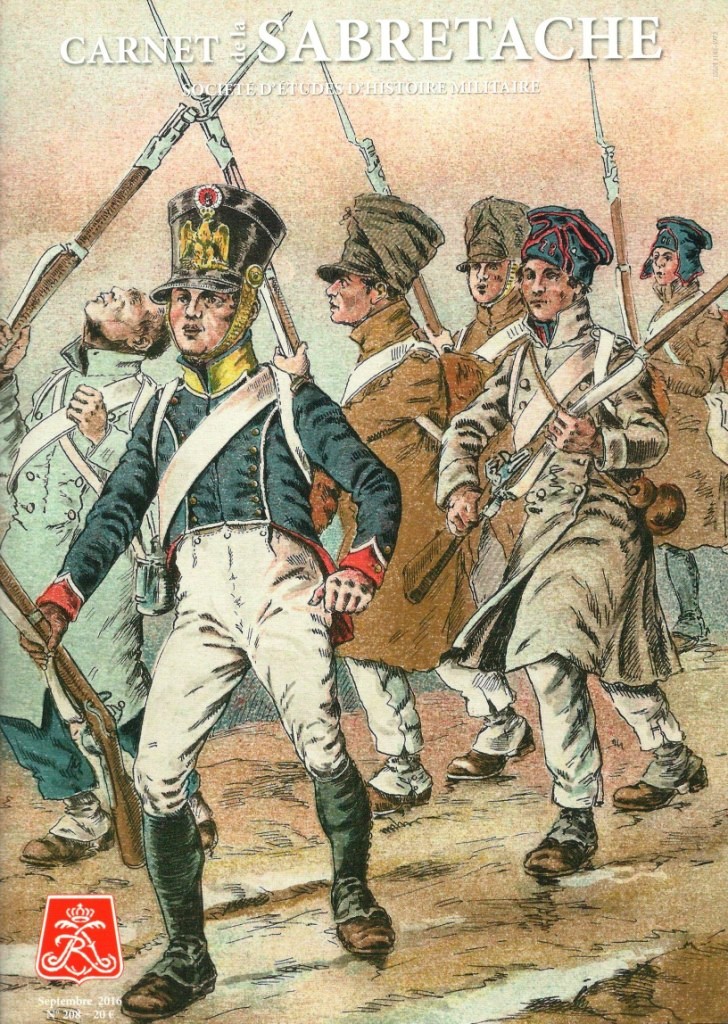« Une capture extraordinaire. Le général John Ligonier à la bataille de Lawfeld (2 juillet 1747) »
Résumé de l’article en français au bas de la présente page // Abstract of the article in English below.
Article publié dans :
Carnet de la Sabretache (revue éditée par la Société de la Sabretache, Paris), n° 208, septembre 2016, p. 38-42.
La table des matières de ce numéro de la revue peut être consultée et téléchargée sous forme d’image ICI.
Un exemplaire de la revue peut être commandé sur Internet ICI.

Résumé introductif en français :
Lors de la bataille de Lawfeld, pendant la guerre de Succession d’Autriche, le général anglais John Ligonier était un des principaux chefs de l’armée des « Alliés ». En fait, c’était même le plus important des chefs militaires après le duc de Cumberland. Pour la campagne de 1747, ce dernier commandait l’armée coalisée des Autrichiens, des Anglais et des Hollandais, opposés aux Français sur le théâtre d’opérations de Flandre. Ligonier, qui commandait la cavalerie anglaise, était le bras droit de Cumberland (il avait du reste commandé le contingent anglais en Flandre en 1746). La bataille de Lawfeld fut gagnée par les Français, quoique de façon mitigée. Or, parmi quelque 2000 prisonniers de guerre, les Français prirent le général Ligonier ! Sa capture fut très remarquée dans le public. Parce que c’était un général de premier plan, mais aussi parce qu’il fut capturé d’une façon tout à fait incroyable, au terme d’une journée où son rôle fut proprement extraordinaire. Le roi de France était alors sur le théâtre d’opérations ; au soir de la bataille, il reçut Ligonier à sa table avec l’urbanité du temps. Puis, on eut l’idée d’utiliser le général anglais à des fins diplomatiques, pour négocier une paix générale, comme cela avait été le cas lors de la capture du maréchal de Belle-Isle en 1744…
Abstract in English:
"An extraordinary capture. General John Ligonier at the Battle of Lawfeld (2 July 1747)"
English General John Ligonier was one the main leaders of the Allied armies during the Battle of Lawfeld, within the War of Austrian Succession. He was in fact the most important military leader after the Duke of Cumberland. For the campaign of 1747, the latter was leading the combined Austrian, English and Dutch armies, opposing the French on the theatre of operations of Flanders. Ligonier, commander of the English cavalry, was the right-hand man of Cumberland (he did in fact command the whole English contingent in Flanders in 1746). The Battle of Lawfeld was won by the French, although not decisively. But among some 2000 prisoners of war, the French took General Ligonier! His capture was very well noticed in the public, not only because he was a high-profile general, but also because he was taken prisoner in an incredible manner, at the end of a day where his role was extraordinary. The King of France was at the time in the theatre of operations; on the evening of the battle, he received Ligonier at his table with the urbanity of this era. The English general was then employed for diplomatic purposes, in order to negotiate a general peace, as it was the case after the capture of Marshal de Belle-Isle in 1744…